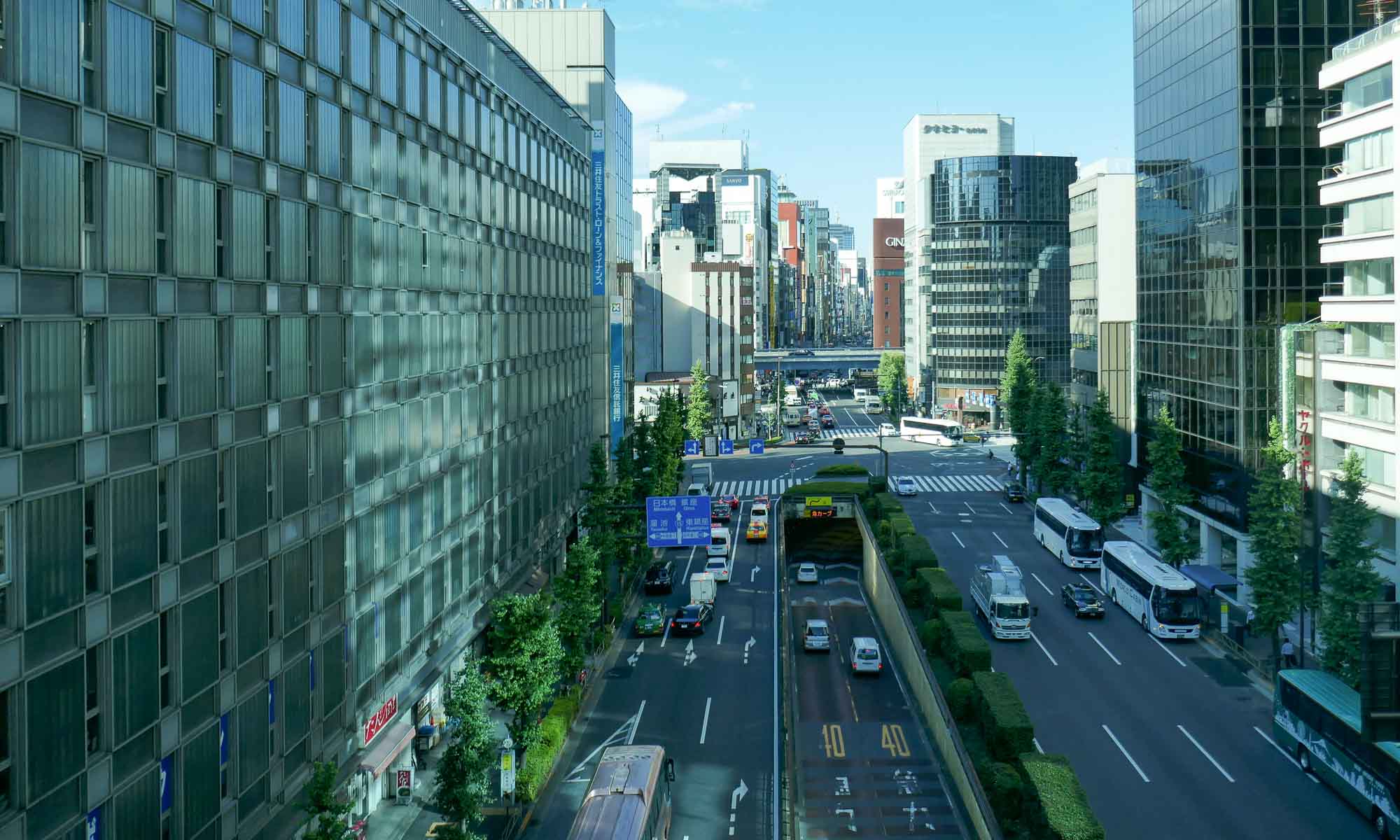Hong Kong, the Pearl of the Orient, is a dynamic, exhilarating and vibrant city. A former British colony, at some point it was occupied by the Chinese and Japanese, until the British signed an agreement to transfer sovereignty of Hong Kong over to China in 1984, which took effect in 1997. Nevertheless, with the “one country, two systems” principle which China follows, distinct regions such as Hong Kong are able to retain separate political and economic systems. This background has resulted into the cultural mix that is evident in Hong Kong today.

Both Chinese (Cantonese) and English are the official languages, though only 53% of the population speak English, thus it is common to find taxi drivers who cannot speak a word of English. Despite this, it is very easy to find an English speaker, and the only time we encountered difficulties was visiting a number of extremely local eating places. 91% of the population are of Chinese descent, though there are a large number of expatriates (including domestic helpers from the Philippines and Indonesia) and always a large number of foreign tourists, which make it feel more like a melting pot.

Next to New York and London, Hong Kong is one of the most significant financial centers in the world, and has a very impressive skyline, which is filled with the most skyscrapers of any city in the world. It is important to note that Hong Kong is actually made up of Hong Kong island, Kowloon peninsula, the New Territories, and over 200 islands. While Hong Kong island is the main place visited by tourists with its skyscrapers and the Peak, Kowloon offers insight into the old way of life, as well as great views of Hong Kong island.
Highlights in Hong Kong
Since I had visited Hong Kong a number of times prior to this visit, we ventured out to fewer places than we would have if this was a first time visit.
Hong Kong Island
The best way to delve into the heart of Hong Kong Island is by walking. We walked several kilometres (when the weather permitted) and were able to merge into the throngs of Hong Kongers, take in the local market scenes, appreciate the diverse architectural creations which make up the picturesque skyline, and nip into various shopping malls for some cool air.


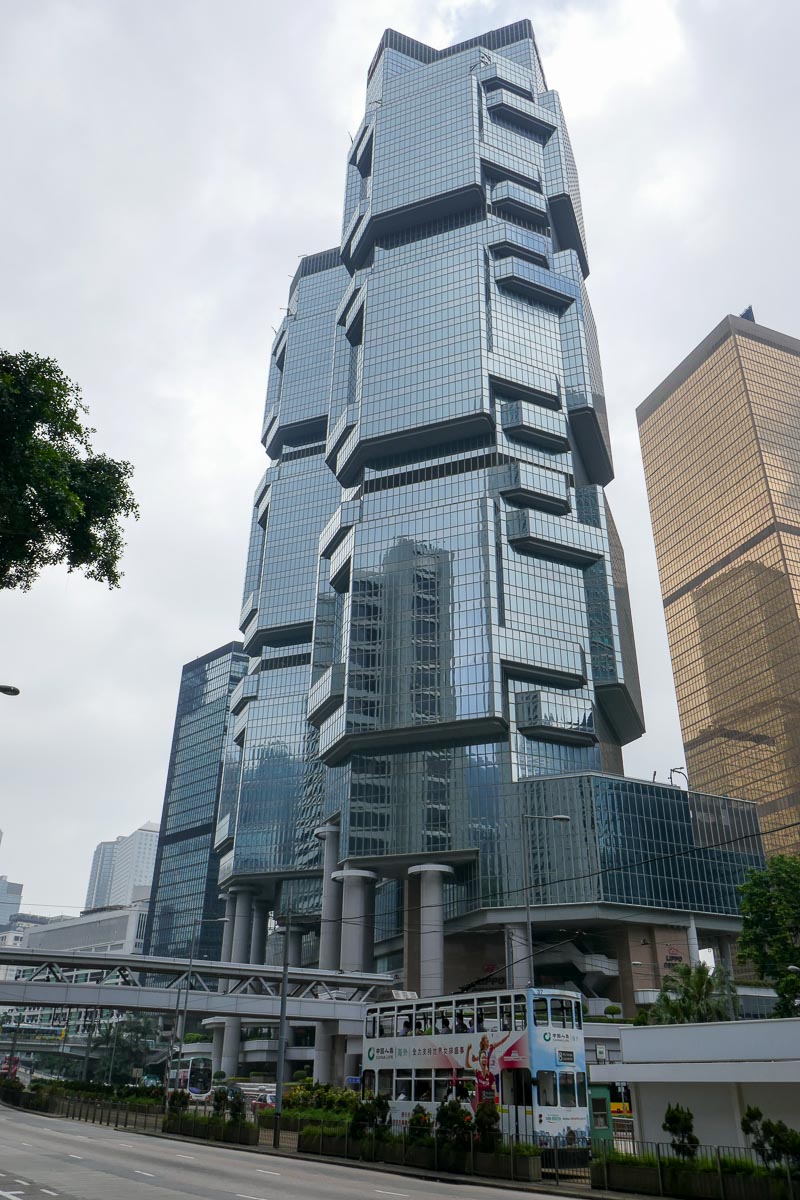

Victoria Peak
For most tourists to Hong Kong this is the first stop on their itinerary. However, being the highest point in Hong Kong, at 552 m it is essential to visit on a clear day to be able to see the stunning views of the island, Victoria Harbour, and the surrounding islands.
At the top, there are a number of observation areas, museums, shops and restaurants. In addition to these, there are paths leading to a number of hiking/walking routes, some of which provide even better views than the observation deck, all free. We followed the path leading along Lugard Road, and after about a 15 minute walk were awarded with great views.


Getting to the Peak
There are a number of ways to get to the top, by the Peak tram (close to Central MTR), by bus or by hiking. We opted for the bus (# 15 from Exchange Square bus terminus), which though the journey took over 30 minutes, was a scenic ride and a cheap one at that.


(Peak tram: HK$ 32 – one-way; HK$ 45 – return; Bus: HK$ 9.80)
Mid-Levels Escalator
The mid-levels escalator while not a bonafide tourist attraction, is the worlds longest covered escalator. The escalator leads up hill from the central and western districts through So Ho to the mid-levels, and is the method of choice for thousands of Hong Kong commuters. During the morning rush hour, the escalator travels downhill, and from 10:00 to midnight it travels uphill. The total escalator system actually consists of three moving pavements and 18 escalators connected by short walk ways, for a total length of 800 m, with an elevation of 135 m. The journey through the whole system takes roughly 20 minutes.
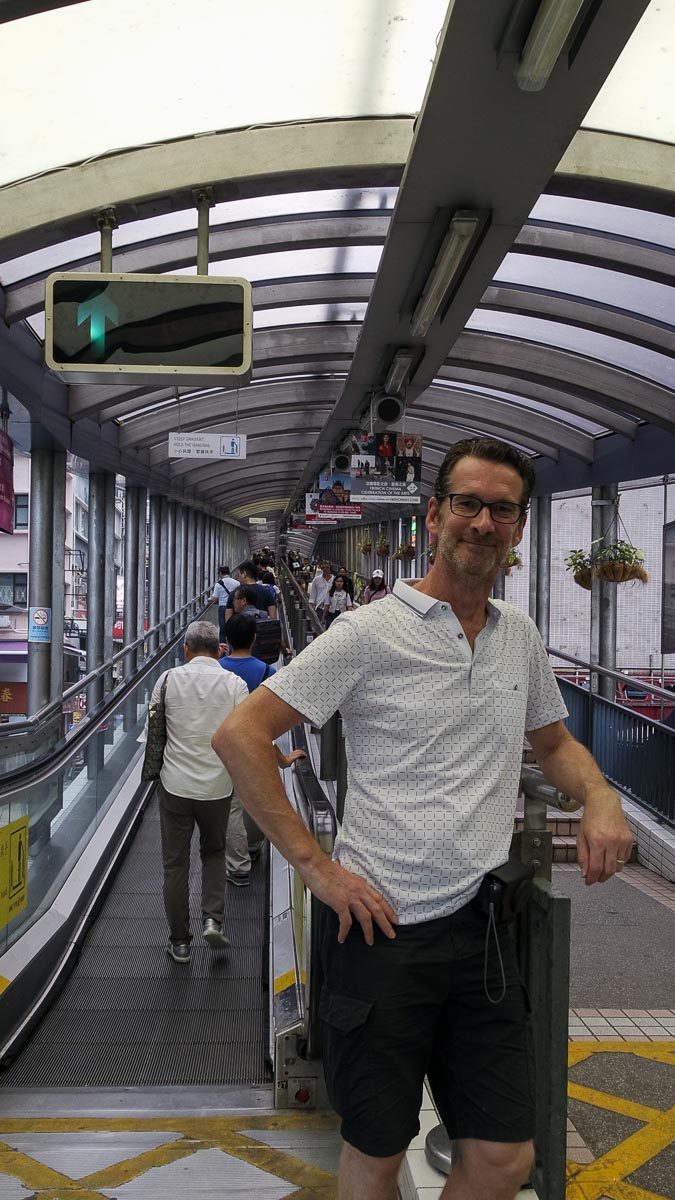

The neighbourhoods around the escalator are full of trendy bars, cafes and restaurants, as well as modern-looking flats. If we were ever to live in Hong Kong, this would definitely be our area of choice.
Getting to the mid-levels escalator
The entrance to the mid-levels is at Queen’s Road Central, on a footbridge connected to the Central Elevated Walkway. (Closest MTR: Central). The escalators end at Conduit road, which is in a residential neighbourhood. To get back to Central, we decided to catch the bus (minibus 3), instead of walking down the hundreds of steps.

Hong Kong Tram
This is the cheapest way to get around the island, and is also the best way to get your bearings. Established in 1904, with single deck trams, today the tram fleet is the only one in the world to consist of solely double-decker trams. The route follows the north coastline of the island from east (Kennedy Town) to west (Shau Kei Wan), with a loop around the Happy Valley racecourse.

We boarded the tram just outside our hotel, and rode all the way down to Kennedy Town and back to Central. This was the perfect way to not only feel like a local but also to plan our walking route for the next day.
(Tram fare: HK$ 2.30)
To Tei Wan (Dragon’s Back)
Though it is easy to think that Hong Kong is all skyscrapers, actually 70% of Hong Kong is countryside. Despite the overcast skies, after making our way to the Peak, we decided to venture out to Dragon’s Back to stretch our legs and get away from the chaos of central Hong Kong.

Dragon’s Back refers to a rugged ridge in Shek O park, that is thought to resemble the curvature of a dragon’s back. The trail that runs through it is part of the Hong Kong Trail system (a 50km trail through Hong Kong island). Sections of the trail to the peak cut through dense forest, while other sections are out on the mountain ridge, with amazing views. The trail was named in 2004 as the best urban hike in Asia.


Getting to Dragon’s Back
The entrance to the trail head is on Shek O road, which can be reached by taking Bus 9 from Shau Kei Wan MTR station to the To Tei Wan village bus stop.
Kowloon
Kowloon was less impacted by the British colonial rule, and thus has a different vibe to that of Hong Kong island. It is known for its markets which include Ladies Market, Temple Street Market and Jade Market, and has a larger number of low-rise buildings than Hong Kong Island.
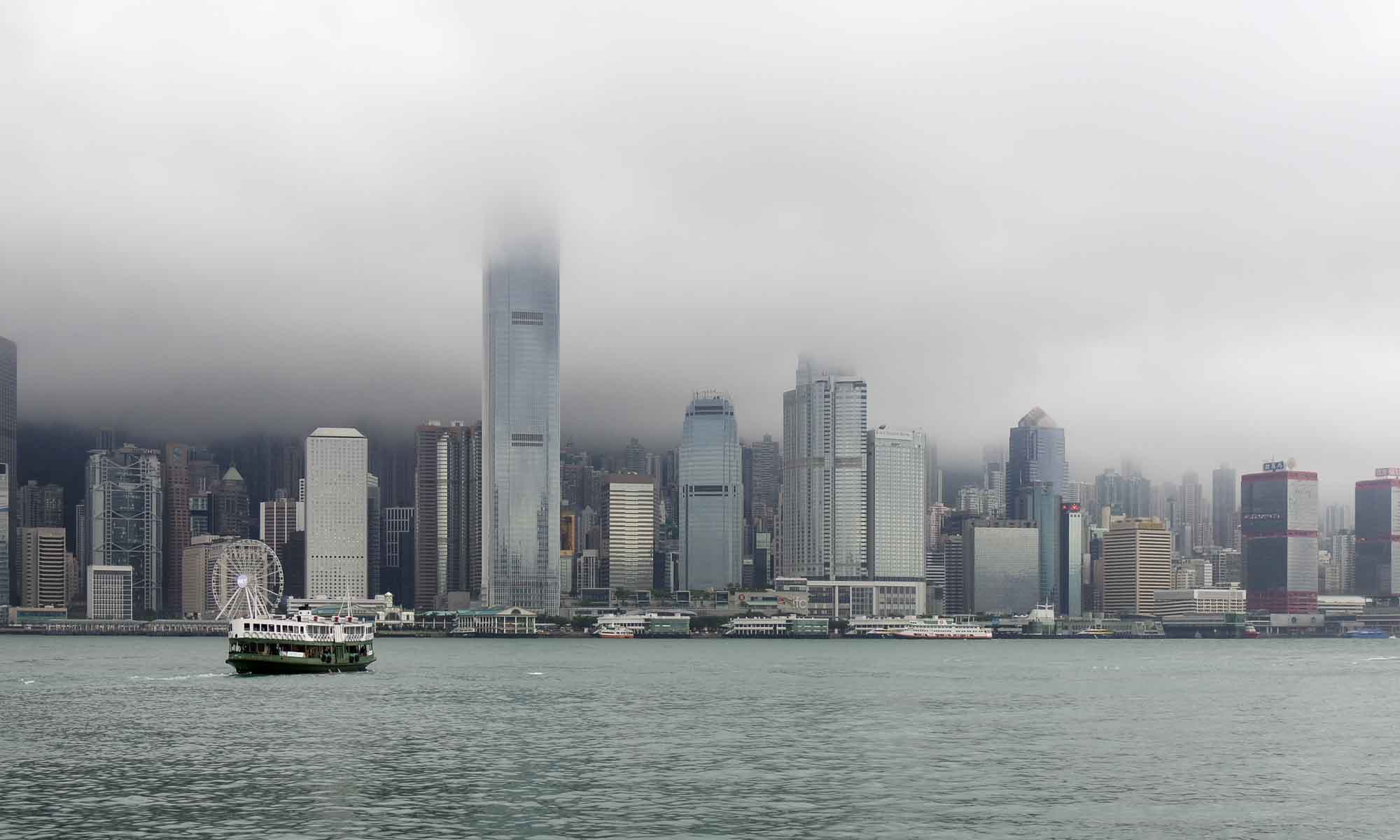
Tsim Sha Tsui waterfront
The best views of the skyscrapers on Hong Kong island are at the Tsim Sha Tsui waterfront. At 20:00 nightly, there is a light show, which is played on the sides of several of the skyscrapers on Hong Kong island, and is known as the worlds “Largest Permanent Light and Sound Show”.

Getting to the Tsim Sha Tsui waterfront
From Hong Kong Island the best way is via the Star Ferry. The ride to Kowloon across Victoria Harbour provides excellent views and takes about 8-10 minutes.
Hong Kong Museum of History
In my opinion, this is the best museum to visit in Hong Kong. During this trip we were not fortunate to visit the museum, though I had visited on a prior to trip. The museum includes several exhibits which bring to life the history of Hong Kong from millions of years ago, till the reunification with China.
Getting to Hong Kong Museum of History
MTR Tsim Tsa Tsui East is within 10 minutes walking distance from the museum.
Daytrip to Macau
With a day to spare in Hong Kong, we decided to take the ferry over to Macau, “the Las Vegas of Asia”. Similar to Hong Kong, it is a special administrative region of China and able to maintain its own legal and political system. One of the official languages is Portuguese, since until 1999 it was a territory of Portugal.

Macau is made up of four regions: Macau peninsula, Taipa, Cotai and Coloane. Casinos can be found in 3 of the regions, but the biggest and most modern are in Cotai. We walked through a number of casinos, and were amazed at the levels of extravagance.



The quietest section of Macau is Coloane, which is south of Cotai. It is filled with Portuguese-style houses, and though there is not much to do, is an excellent spot to get away from the crowds. It is also the best place to drop into Lord Stow’s Bakery, well known for its egg tarts, as there is no queue.


Most visitors head straight to the peninsula if they are not gambling. The area most visited is the historic centre which was inscribed into the UNESCO World Heritage list in 2005.
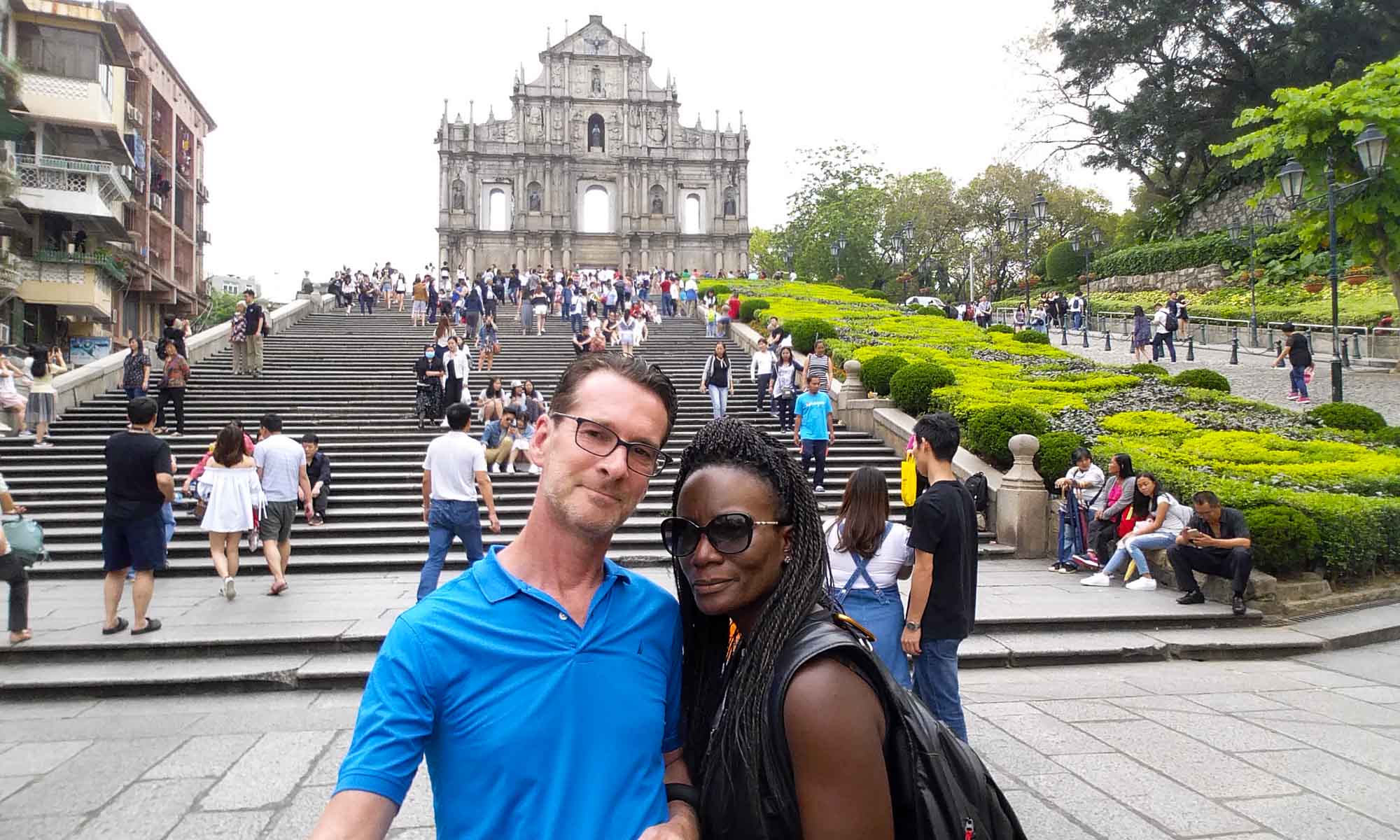
Getting around Macau
From the ferry terminal, free hotel/casino shuttles are available and are the best way to get to Cotai. While we opted to walk around Cotai, the shuttles are also useful for moving between casinos. The island also has an extensive bus system, which offers a cheap way to get to the other sections of Macau.
Dining in Hong Kong
With the cultural mix that exists in Hong Kong it is not surprising that there is a wide range of cuisines which can be found either in the plush expensive restaurants, or the food courts and street stalls. Traveling on a budget, we stuck to the budget options and still managed to enjoy decent tasteful meals.
Food Republic
Found in several Asian countries, we were glad when we spotted a Food Republic sign since we had had a good experience at the Singapore branches. Though smaller we were able to enjoy a decent meal.

Kitchen 11
Located on the 11th floor of Hysan Place shopping complex, this food court though small has diverse cuisine options including Korean, Thai and Japanese. Our stall of choice was the Pepper Lunch stall, where cooked rice and vegetables are served on hot plates with raw meat which is then cooked to the customer’s preference.

Lockhard Road Food Court
Though not high on the list of hawker centres/food courts to visit, we accidentally found this place which was bustling with local workers. As soon as we walked in, we noticed we were the only foreigners and were approached by women from various stalls. Unlike other food courts, tables are allocated to various food stalls, and dining is a communal event. Though hardly anyone spoke English and the menu was only in Chinese, we were able to order a meal and have a decent meal.


Cheung Hing Coffee Shop
Searching for a quick cup of coffee and a light meal, as well as cover from a sudden rainstorm, we found this coffee shop which had only signage in Chinese. The traditionally styled cafe was bustling with customers, and we were fortunate to find a table. Food was decent and reasonably priced.
Sleeping in Hong Kong
Butterfly on Victoria
A boutique hotel from the Butterfly chain, the hotel is located in Tin Hau, and is close to the MTR, tram and bus stops. The rooms in the hotel though small are clean and efficiently furnished. The hotel provides a complimentary 4G pocket wifi which came in handy when our SIM card went on the blink. Though no breakfast is provided, the hotel is close to a number of restaurants, supermarkets and convenience stores.
Eaton Residences
Located off a side street in Wan Chai Gap, this serviced apartment complex was decent and affordable. Though furnishing was not as plush as some of the other serviced apartments we had rented, it more than met our needs as it came equipped with a washing machine/dryer combination, as well as a small kitchen.
Getting around Hong Kong
Hong Kong is easy to navigate around and has numerous transportation options, including the MTR, buses, trams and ferries. The MTR has an extensive network and serves Hong Kong island, Kowloon and the new territories, but as it is mainly below ground, in our view the most scenic options are the double-decker trams, which are found only on Hong Kong island and run from east to west, the buses or the ferries.
Traveling on the ferry is seen as an essential tourist activity and the main routes are between Tsim Sha Tsui (Kowloon) and the Central Star Ferry pier or the Wan Chai pier.

We used the Octopus card which is a stored value card, and can be used on the MTR, trams, ferries and some buses, as well as to pay for items in a number of convenience stores.
(Single fare on tram: HK$ 2.30; Single fare on ferry: HK$ 2.70; Fares on MTR are dependent on length of travel).
In addition to all the above, UBER and Grab are available, and cheaper to use than taxis.
Getting to Hong Kong
A 3 hour flight from Hanoi, Hong Kong was the perfect option for us due to our sudden change of plans. Unlike China, for both Dutch and American citizens, visas are not required for visits up to 90 days.
Hong Kong International Airport, is located on Chek Lap Kok, an island west of Hong Kong island. The fastest way to get to Central Hong Kong is via the Airport Express train which stops at three stops including Kowloon and Hong Kong (Central station) and takes 24 minutes. At both Kowloon and Central, complimentary buses are offered (for Airport Express travelers only) with routes dependent on the location of a number of major hotels. The whole journey took just under an hour for us, including the waiting time at Central for the bus.
(Discount fares are available on the Airport Express for groups of 2 to Hong Kong: HK$170 – better value than single Airport Express tickets (HK$110 per person) or the Airport Express Travel Pass)

When departing Hong Kong, the Airport Express provides a free check-in service at Hong Kong station for select airlines.



